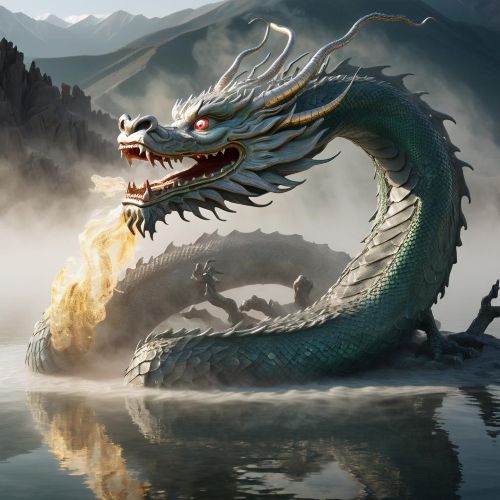Central Asian Animals
Central Asian animals occupy a diverse and fascinating niche within the region’s ecological and cultural landscape. Spanning from the steppes of Kazakhstan to the mountainous terrain of Kyrgyzstan and beyond, these animals have adapted to varied environments, ranging from harsh deserts to lush alpine meadows. Many species hold significant cultural and symbolic value in Central Asian societies, often appearing in folklore, art, and traditional practices.
The wildlife of Central Asia includes a mix of iconic and lesser-known species. Among the most celebrated are the snow leopard, revered for its elusive nature and role as a symbol of strength and resilience in mountainous regions. The saiga antelope, known for its distinctive large nose and nomadic lifestyle across the Eurasian steppe, represents adaptability and endurance. Other notable species include the Pallas’s cat, Marco Polo sheep, and the wild Bactrian camel, each playing a unique role in the ecological balance and cultural heritage of the region.
Throughout history, Central Asian animals have been integral to local economies and lifestyles. Nomadic herding cultures have traditionally relied on domesticated animals such as horses, yaks, and sheep for transportation, food, and clothing. The horse, in particular, holds a special place in Central Asian culture, symbolizing freedom, power, and prestige. In contrast, animals like the Bactrian camel have been essential for trade and transport across the Silk Road, linking East and West through their ability to endure arid landscapes and long journeys.
Central Asian animals also feature prominently in folklore and mythology, where they often embody virtues and qualities admired by local communities. Legends of heroic horses, wise camels, and cunning foxes reflect the deep reverence and intimate knowledge of these creatures among Central Asian peoples. These stories not only entertain but also impart moral lessons and cultural values, reinforcing the interconnectedness between humans and the natural world.
Today, conservation efforts are increasingly focused on preserving Central Asian animals and their habitats. Initiatives aim to protect endangered species like the snow leopard and saiga antelope, while promoting sustainable practices that balance conservation with the needs of local communities. Efforts to raise awareness about the ecological importance of these animals and their cultural significance continue to play a crucial role in ensuring their survival for future generations to appreciate and cherish.
Central Asian animals occupy a diverse and fascinating niche within the region’s ecological and cultural landscape. Spanning from the steppes of Kazakhstan to the mountainous terrain of Kyrgyzstan and beyond, these animals have adapted to varied environments, ranging from harsh deserts to lush alpine meadows. Many species hold significant cultural and symbolic value in Central Asian societies, often appearing in folklore, art, and traditional practices.
The wildlife of Central Asia includes a mix of iconic and lesser-known species. Among the most celebrated are the snow leopard, revered for its elusive nature and role as a symbol of strength and resilience in mountainous regions. The saiga antelope, known for its distinctive large nose and nomadic lifestyle across the Eurasian steppe, represents adaptability and endurance. Other notable species include the Pallas’s cat, Marco Polo sheep, and the wild Bactrian camel, each playing a unique role in the ecological balance and cultural heritage of the region.
Throughout history, Central Asian animals have been integral to local economies and lifestyles. Nomadic herding cultures have traditionally relied on domesticated animals such as horses, yaks, and sheep for transportation, food, and clothing. The horse, in particular, holds a special place in Central Asian culture, symbolizing freedom, power, and prestige. In contrast, animals like the Bactrian camel have been essential for trade and transport across the Silk Road, linking East and West through their ability to endure arid landscapes and long journeys.
Central Asian animals also feature prominently in folklore and mythology, where they often embody virtues and qualities admired by local communities. Legends of heroic horses, wise camels, and cunning foxes reflect the deep reverence and intimate knowledge of these creatures among Central Asian peoples. These stories not only entertain but also impart moral lessons and cultural values, reinforcing the interconnectedness between humans and the natural world.
Today, conservation efforts are increasingly focused on preserving Central Asian animals and their habitats. Initiatives aim to protect endangered species like the snow leopard and saiga antelope, while promoting sustainable practices that balance conservation with the needs of local communities. Efforts to raise awareness about the ecological importance of these animals and their cultural significance continue to play a crucial role in ensuring their survival for future generations to appreciate and cherish.


